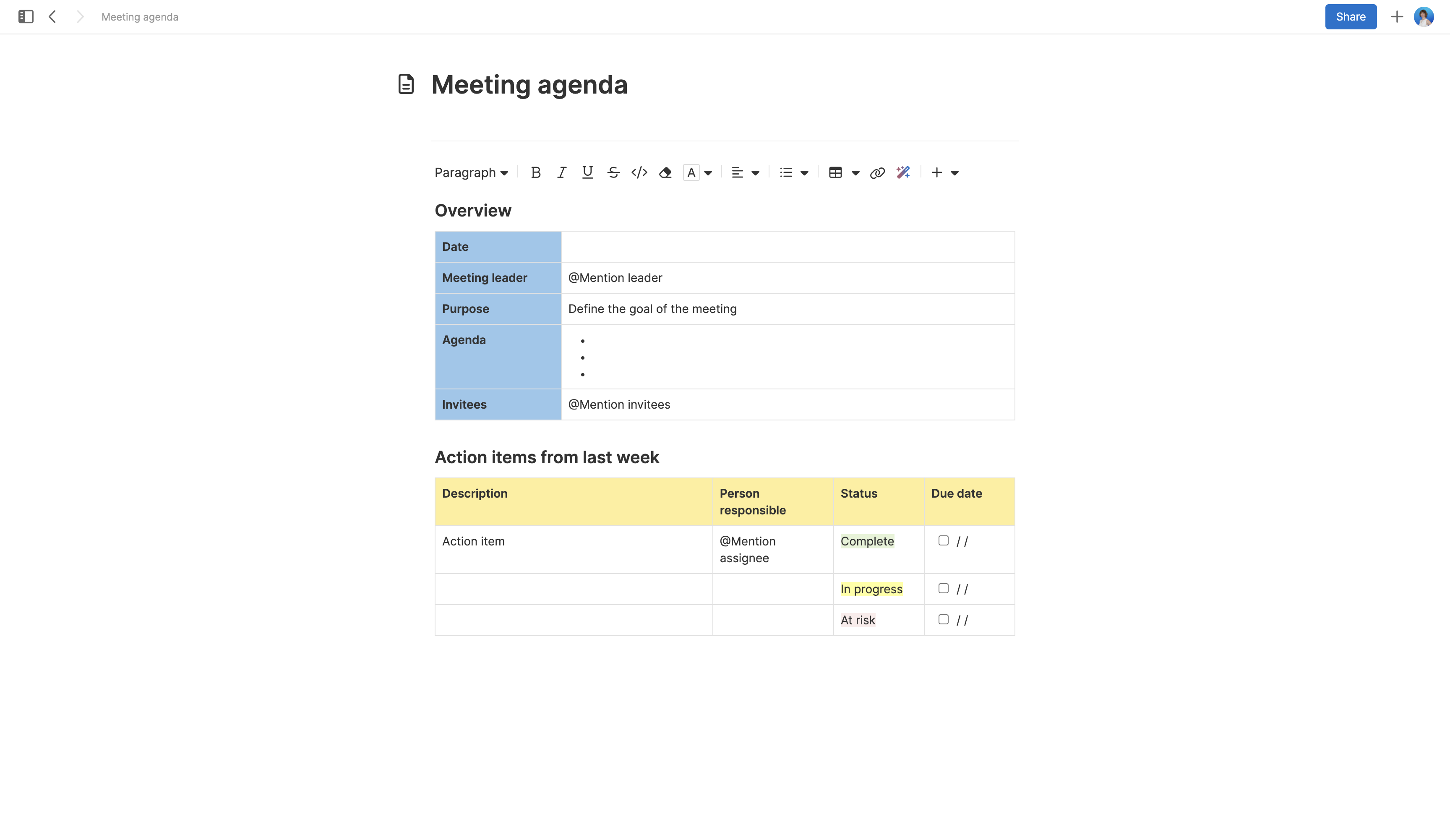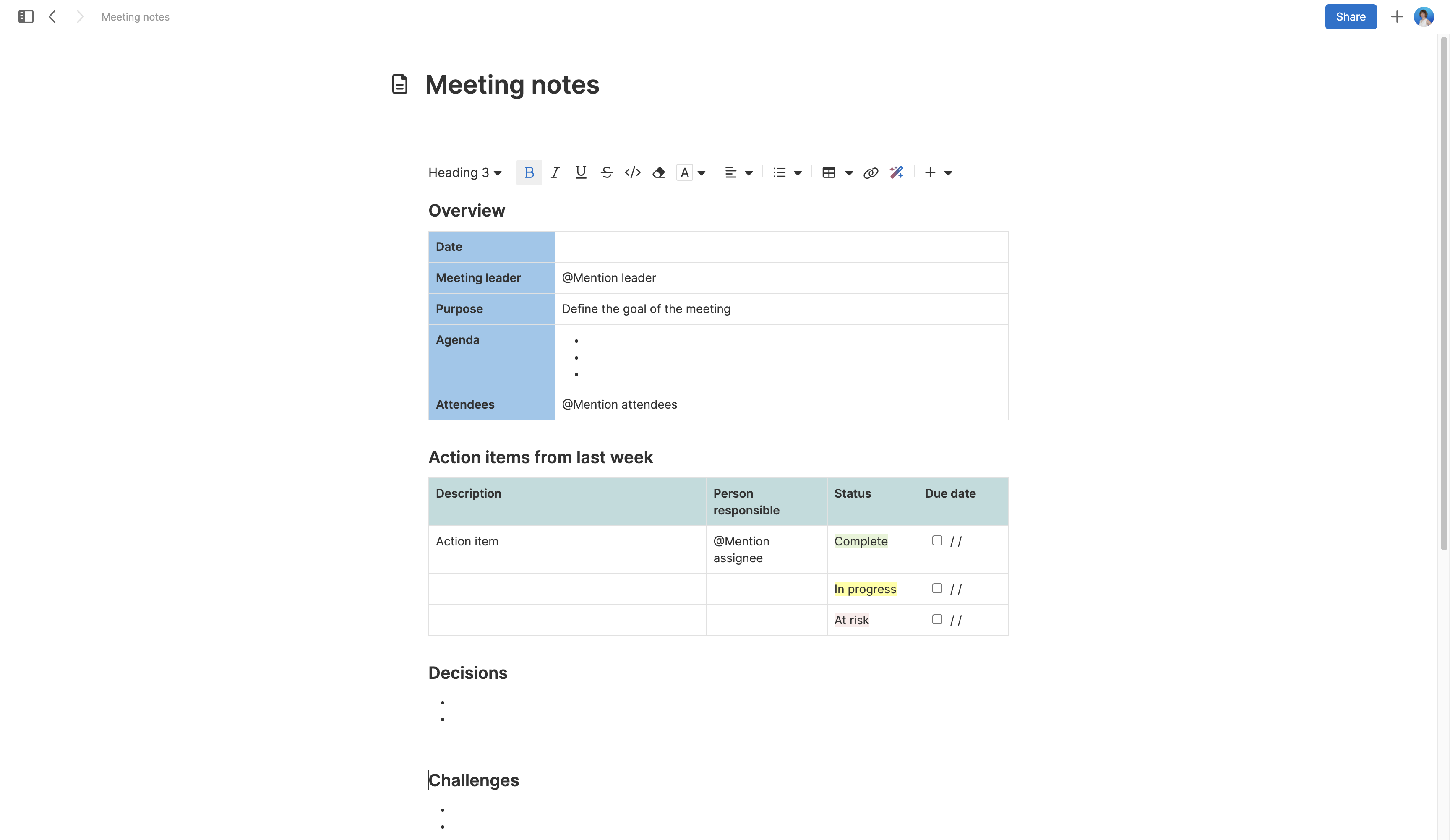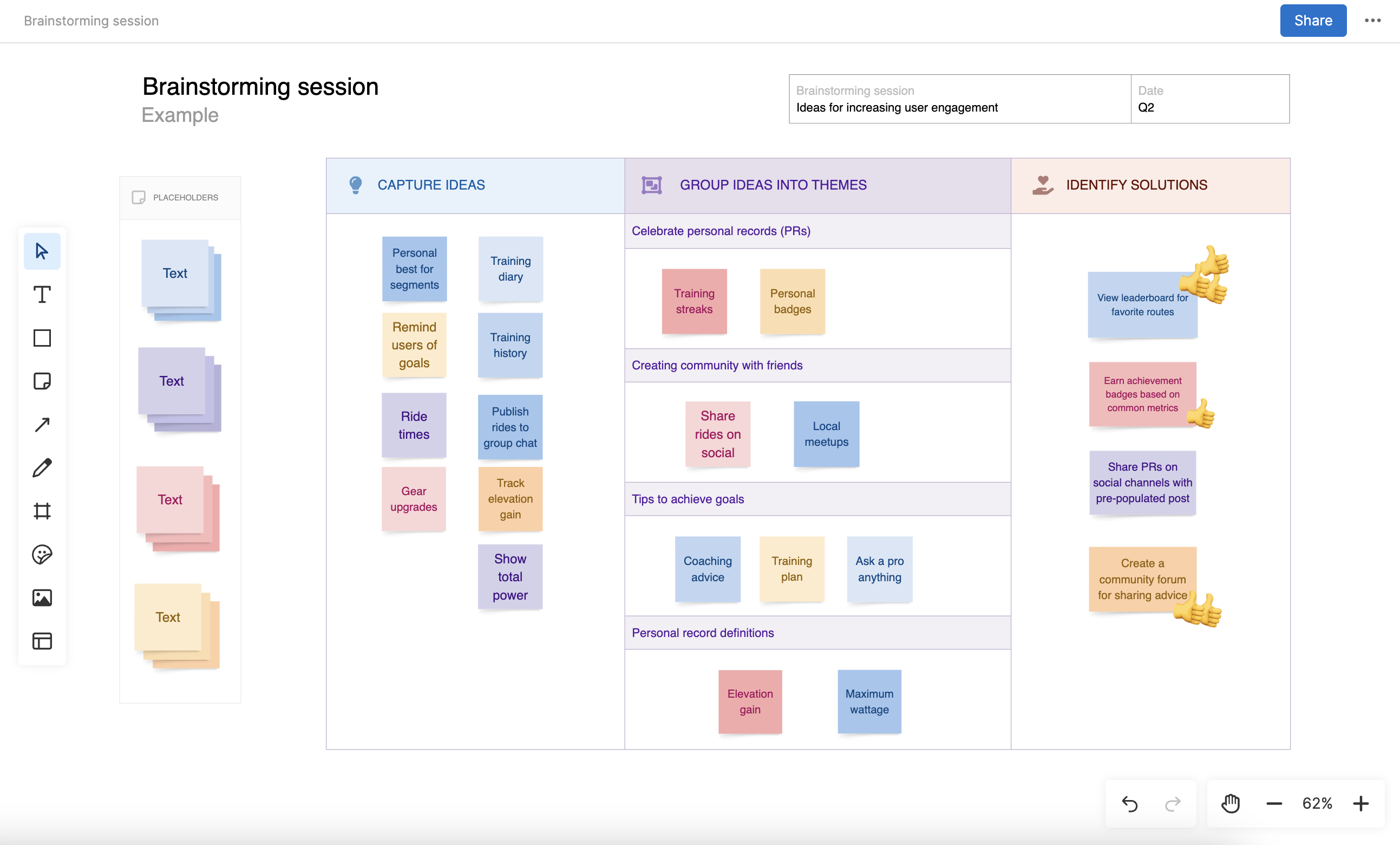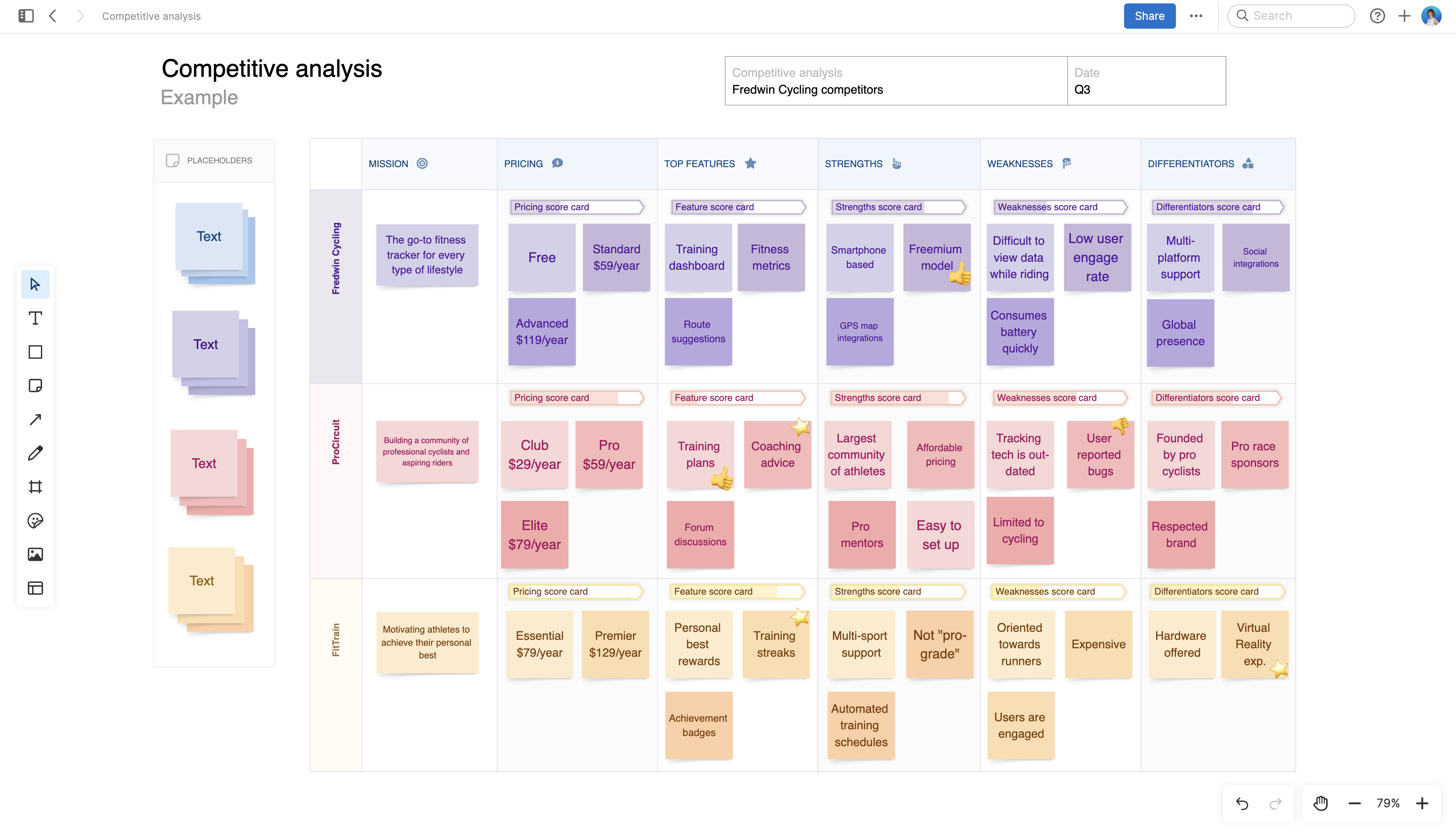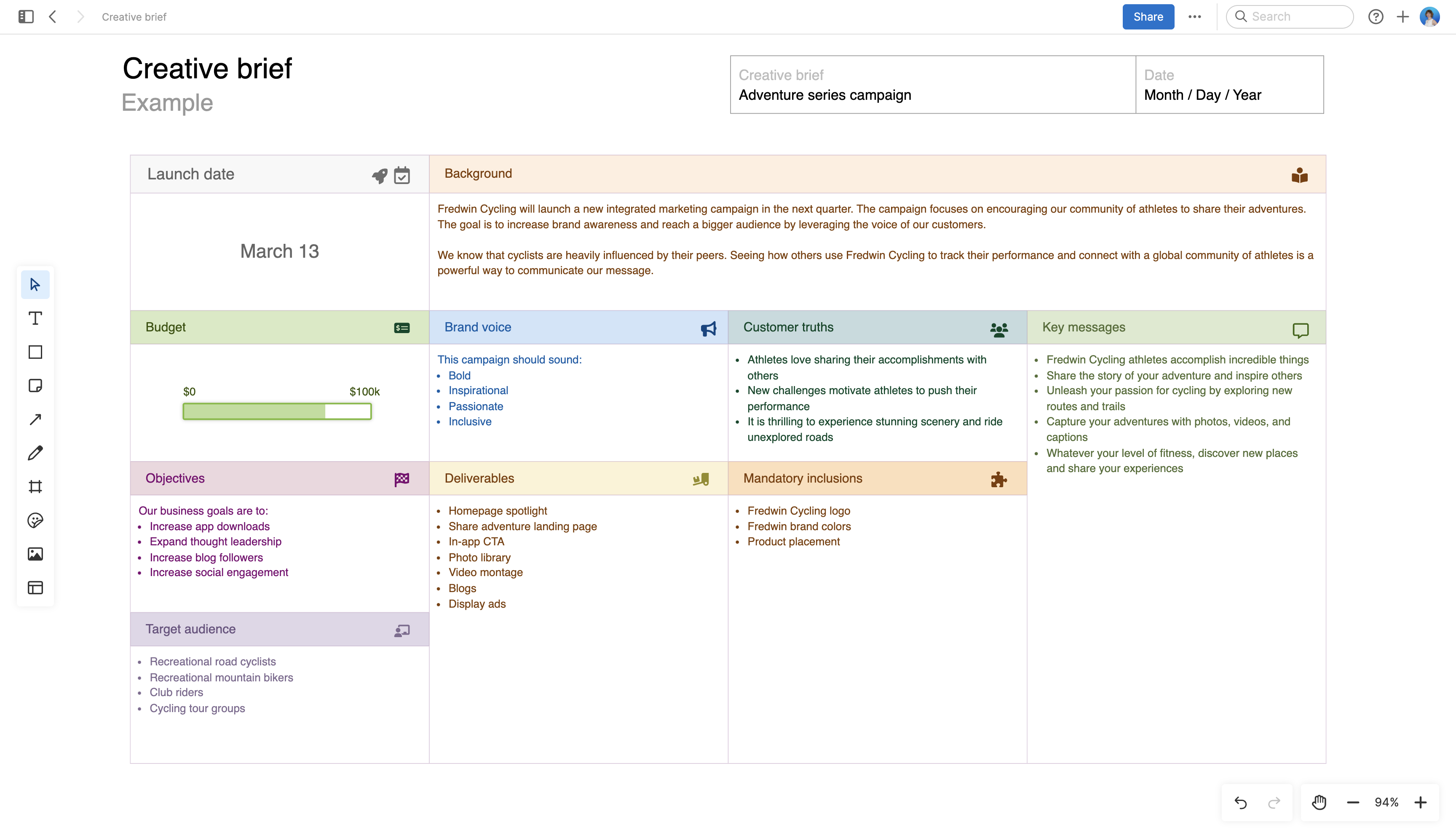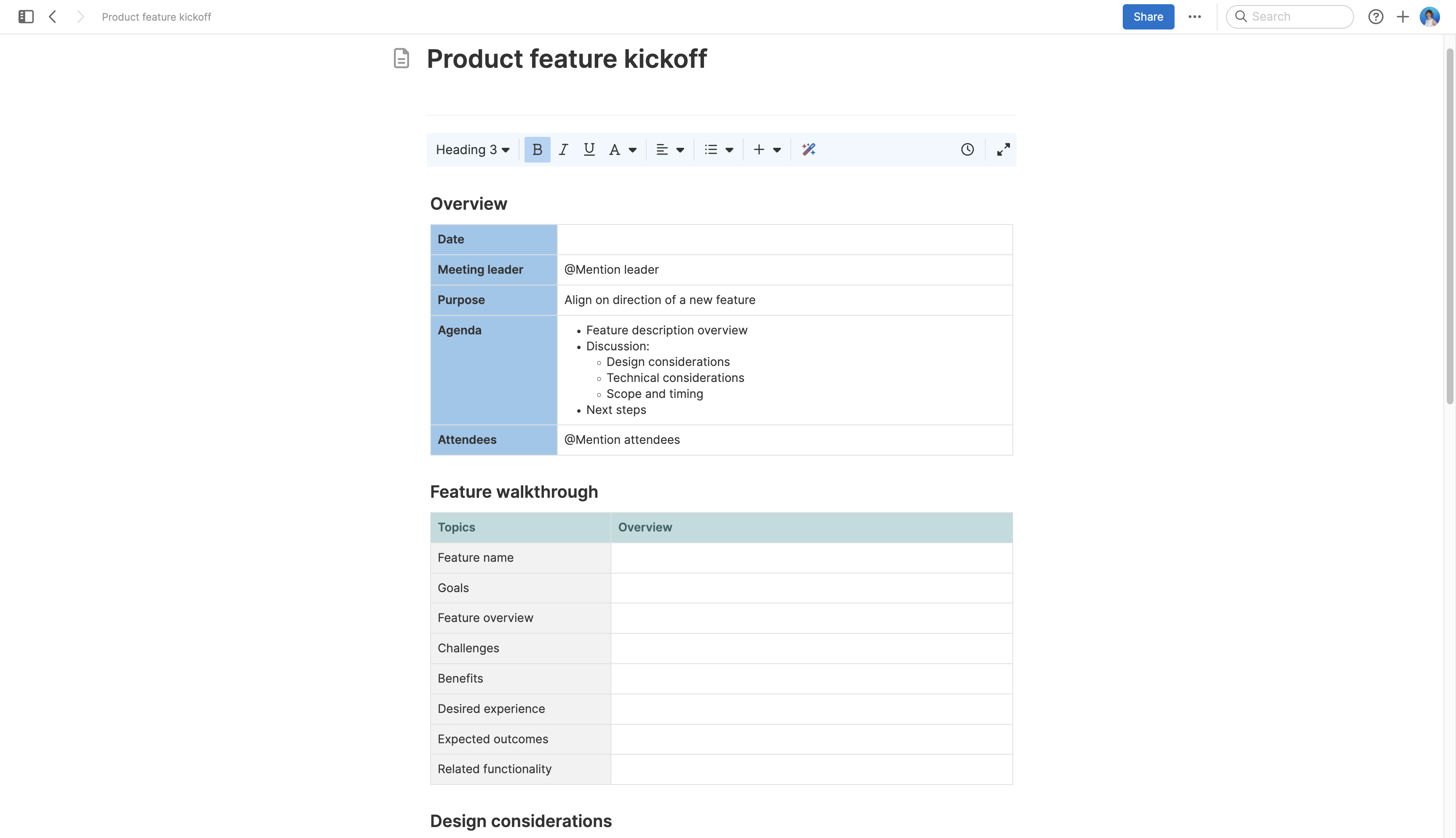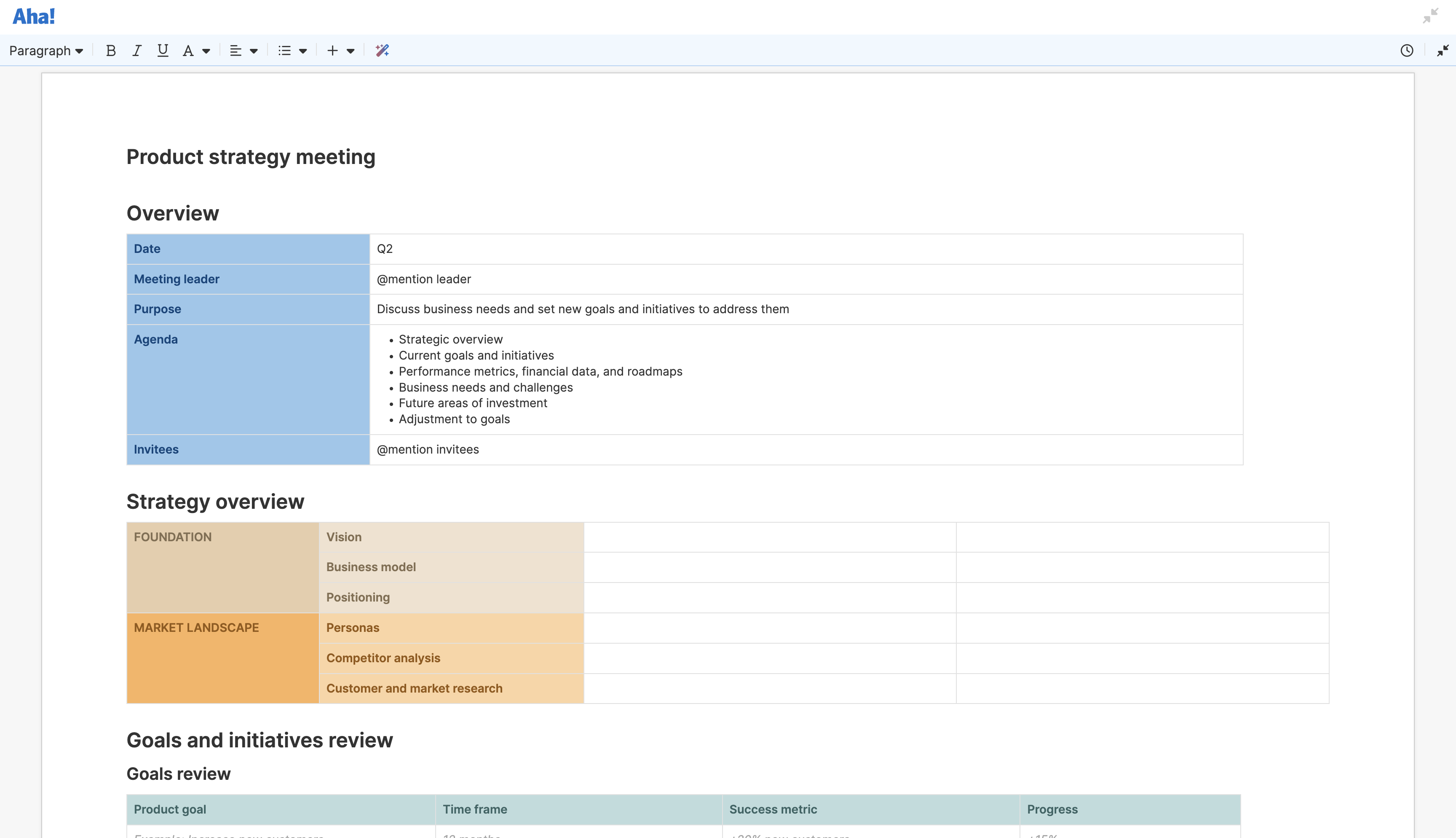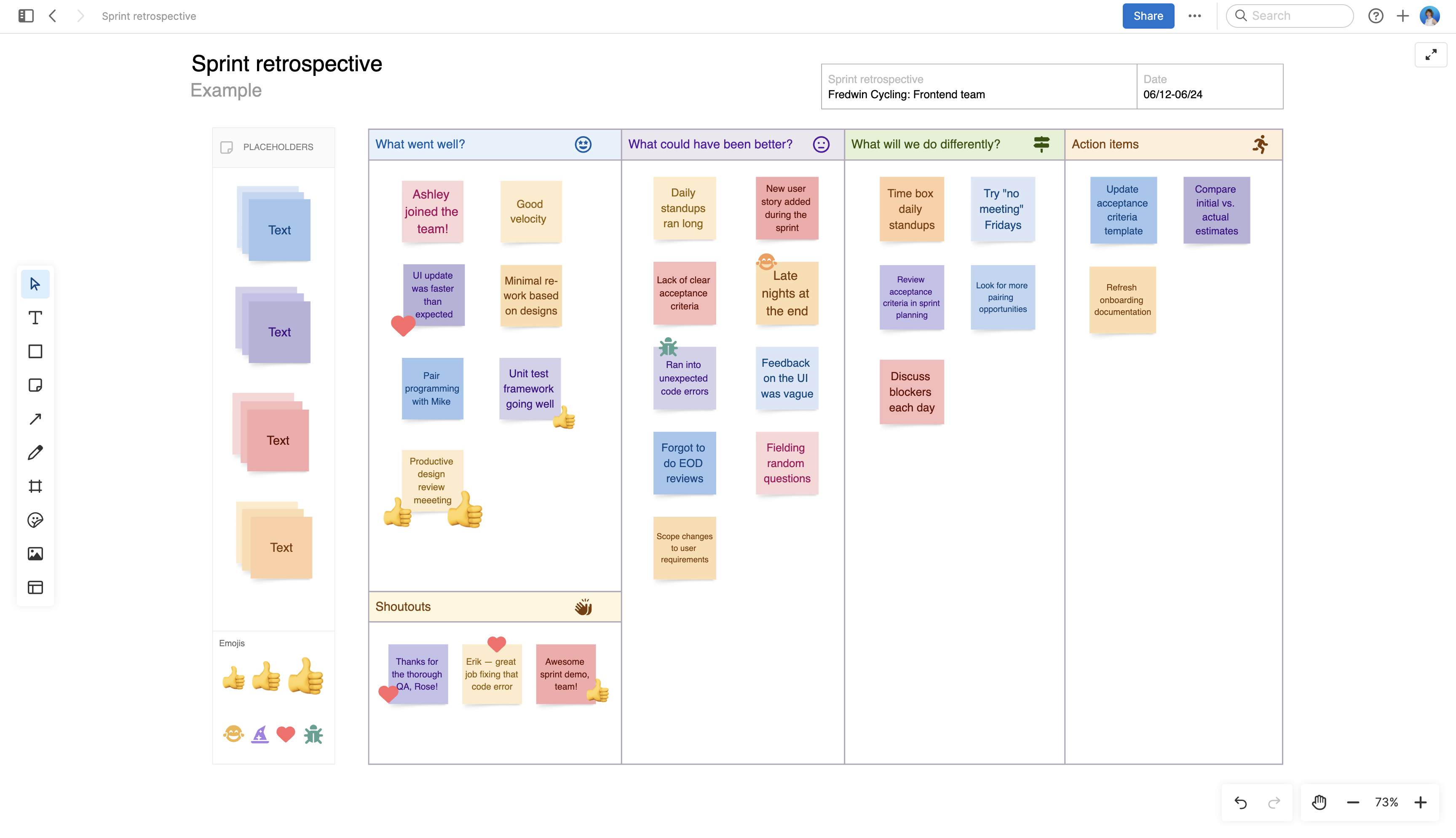8 product meeting templates for teams
Have you ever been part of a meeting that felt "meh"? Maybe there was no clear purpose. Perhaps you could not get a word in, or even worse, everyone stared expectantly at one another in silence. Meetings like this are wasteful — feeling more like a productivity regression than an assist. But with a strong framework in place, you can make the product meetings you lead (and attend) meaningful and impactful. They can be something you and the team actually look forward to.
Running effective meetings is especially important for product managers. From product standups and demos to strategy planning sessions and sprint retrospectives, you are often responsible for many types of meetings. And each comes with its own goals and challenges, depending on who is attending and what the intended outcome is. It is your job to keep the momentum up and communication open, ensuring strong collaboration and clarity across the cross-functional team.
If you are looking to add more structure and direction to your upcoming product meetings, this guide is for you. Find commonly used product management meeting templates — including our very own Aha! software meeting templates — as well as best practices and downloads.
Save time with product meeting templates — try Aha! software.
Each guided template is built to serve a unique meeting function — such as a weekly agenda, product launch, or strategy planning session. Whether you use these templates to create a standardized approach to regular meetings or one-off collaborations, feel free to customize each template to meet your exact needs.
You can jump ahead to any of the following sections:
Why should product managers use meeting templates?
Knowing what to expect and how to prepare. These are two core reasons why product teams thrive with a consistent approach to meetings. After all, when folks understand the purpose and process behind the meeting — whether it is a simple standup or comprehensive strategy session — they arrive better prepared to meaningfully contribute.
Meeting templates empower you as a product manager to create this structure for the team. Templates help you set clear and consistent meeting expectations upfront. You can keep everyone focused on the main objectives and facilitate conversations that connect tasks to tangible results.
You can also use templates as a standardized way to record what was discussed during the meeting. This creates a strong point of reference — especially for any team members unable to attend the meeting live. And when new teammates or leaders join the company, templates make it easier for them to quickly ramp up and start participating.
Layering in structure to your product meetings also enhances professionalism. Chaotic meetings are jarring and paint a picture of disorganization. Ensuring that your live collaboration is smooth boosts the team's efficiency, coordination, and attention to detail.
General product meeting agenda template
Weekly or bi-weekly, your broader product development team will come together to review progress on goals as well as any planned work. You probably facilitate these meetings and use them as a touchpoint to address key challenges or opportunities. If you have not already, now is a great time to bring a meeting agenda template into your workflow.
Getting started with our meeting agenda template is quick and easy:
Begin by stating the purpose of the meeting and call out any top priorities and goals. Include names of all attendees and the facilitator — this is especially important if the facilitator role rotates.
Then list agenda items in priority order, giving participants a chance to add their own discussion topics.
If this is a recurring meeting, list any action items previously decided, team ownership, and the status.
If you are not using Aha! software yet, you can still get organized. Download this free weekly meeting template.
